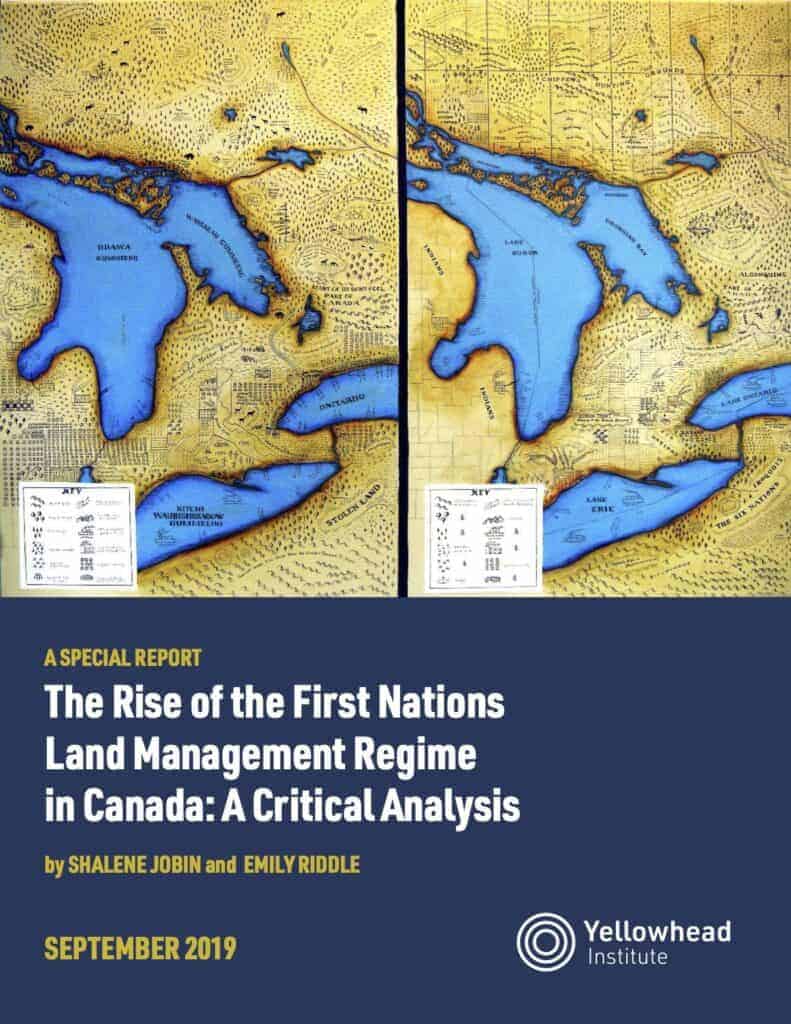

In December 2018, the First Nations Land Management Act was also amended, lowering the voting threshold for ratification and offering First Nations increased flexibility in investing or spending funds generated under the First Nations Land Management Act.
As Canada moves towards a strategy of sectoral self-governance—slowly deconstructing the Indian Act rather than negotiating all-encompassing self-governance agreements—the management of reserve lands is becoming a critical component of this model and a supposed means for First Nations to ‘catch up’ to the speed of business and build prosperity for their communities.
Though the Land Code may provide First Nations with some increased jurisdiction over reserve lands, it does not fundamentally challenge the allocation of land beyond reserves (territory). Also, by opening up reserve lands to the market, it may further contribute to the dispossession of land for First Nations people.
What are the benefits of the FNLMA regime and the threats? How are communities transformed through the land code process? Does FNLMA represent a substantive form of self-determination?